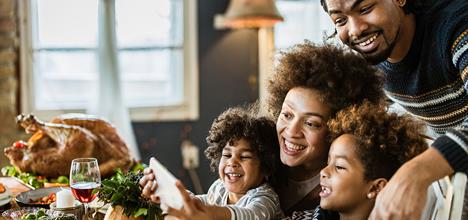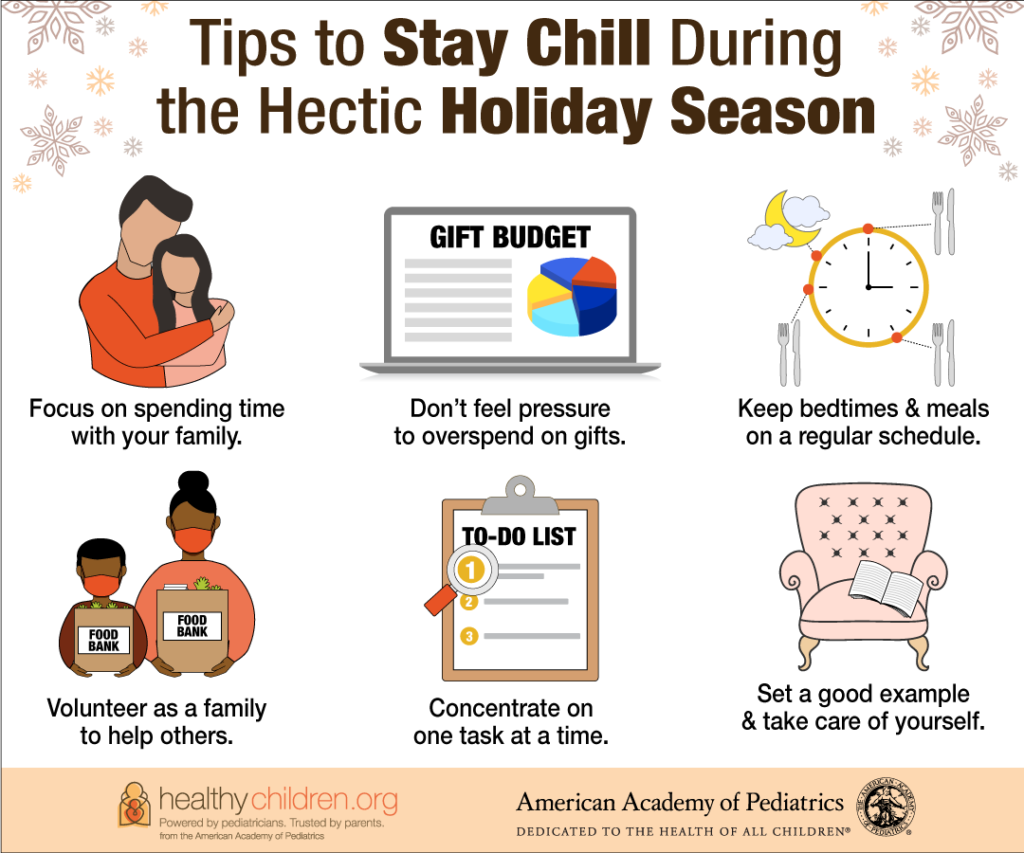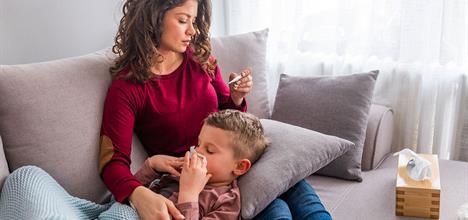
For many families, Thanksgiving is about getting together to enjoy a meal with relatives and friends. But as the COVID-19 pandemic rages on, social gatherings continue to be risky this holiday season. In fact, public health experts say that small household gatherings are among the key reasons COVID-19 cases are rising again.
However, with some additional planning and lower risk activities, your family can make lasting memories and new traditions. while minimizing the risk of being exposed to or spreading COVID-19.
How to help avoid getting and spreading COVID-19 this Thanksgiving
- Celebrate with members of your own household. The lowest-risk option, according to the U.S. Centers for Disease Control and Prevention (CDC), is to limit in-person gatherings to people who live in your household. Planning a special feast, cooking with your children and decorating your home for the holidays are great ways to enjoy each other’s company while protecting your family and other loved ones from COVID-19.
- Think of creative ways to share the experience remotely. Consider preparing a favorite recipe with extended family over video chat. Keep the tradition of sharing what you are grateful for, or set aside time to say grace together, for example.
- Plan a drop-off potluck. Another low-risk activity, according to the CDC, is to prepare traditional recipes for family and neighbors. Instead of sharing them in person, delight them with a doorstep drop-off.
- Grocery shop online and help elderly or higher-risk loved ones. Staying home as much as you can is the best way to reduce COVID-19 risk. Grocery shop online with delivery or curbside pickup options if possible, and consider holiday food deliveries to elderly relatives. If you need to shop in person, try to go at a time when stores are not as busy.
Keep in mind: if you are having trouble affording enough food because of lost jobs or other challenges during the pandemic, your pediatrician can help connect you with community support programs, such as food pantries. Resources are available to help ensure healthy, nutritious meals for your family.
Tips for a virtual Thanksgiving dinner with grandparentsWith so many families turning to video conferencing platforms for their celebrations this year, the American Speech-Language-Hearing Association recommends finding different ways to communicate for older adults who may have difficulty hearing. Try using closed captioning or a larger screen, and make sure that they are closer to the computer and speakers to better hear and see facial expressions. Limit side conversations to give everyone a chance to speak and be heard. |
|---|
Know the risk of mixed-household gatherings
If you do have an in-person gathering with people outside your household, which increases COVID-19 risk, these steps can help make it safer:
- Keep the gathering small & short. Keep your guest list as small as possible and reduce the amount of time you would ordinarily visit.
- Wear cloth face coverings and keep your distance. People from the same household can sit together, but arrange for those who don’t live together to stay 6 feet apart–especially while eating. Remind everyone to wear cloth face coverings whenever they are not eating or drinking.
- Open windows & stay outside when possible. If you’re indoors, open windows for better ventilation if possible. If weather permits, gather outdoors (think Thanksgiving tailgating!). Consider cooking turkey on the grill or in an outdoor turkey fryer (be sure to follow these fire and burn prevention tips). Remember to maintain physical distance and wear cloth face coverings even outside.
- Safer serving. Choose one person to do the serving to avoid everyone touching serving utensils. Remind children to wash their hands often, and keep hand sanitizer easily available.
- Remind everyone to follow safety steps beforehand. For two weeks before coming to dinner, ask guests to be sure to follow steps that lower the risk of COVID transmission. This includes wearing cloth face coverings, physical distancing, limiting outings and social gatherings as much as possible, and washing hands often. Consider offering your guests a “self-screening” checklist and ask them to join you virtually rather than in person if they don’t pass the screen.
If you must travel, keep in mind:
Traveling increases the chance of spreading COVID-19. If you will be traveling during this holiday season, take steps to protect yourself and others during your trip:
- Drive with family members in a private vehicle to avoid exposure to people outside your household if possible.
- Wear a mask when you leave your car (at gas stations and rest stops).
- Make meals ahead of time to avoid restaurant stops if possible.
- If you must travel by air, remember to maintain physical distance in security lines and concourses and wear masks in airports and planes.
Remember
Do not host or participate in any in-person festivities if you or anyone in your household has been diagnosed with COVID-19 and is still at risk of spreading it to others; had any coronavirus symptoms within 48 hours of the gathering; is waiting for viral test results; could have been exposed to someone in the last 14 days or is at high risk.
Stay safe during Thanksgiving 2020 and your family will be even more grateful for your traditions in the years to come.




About The Author: Linda Penitusi
More posts by Linda Penitusi